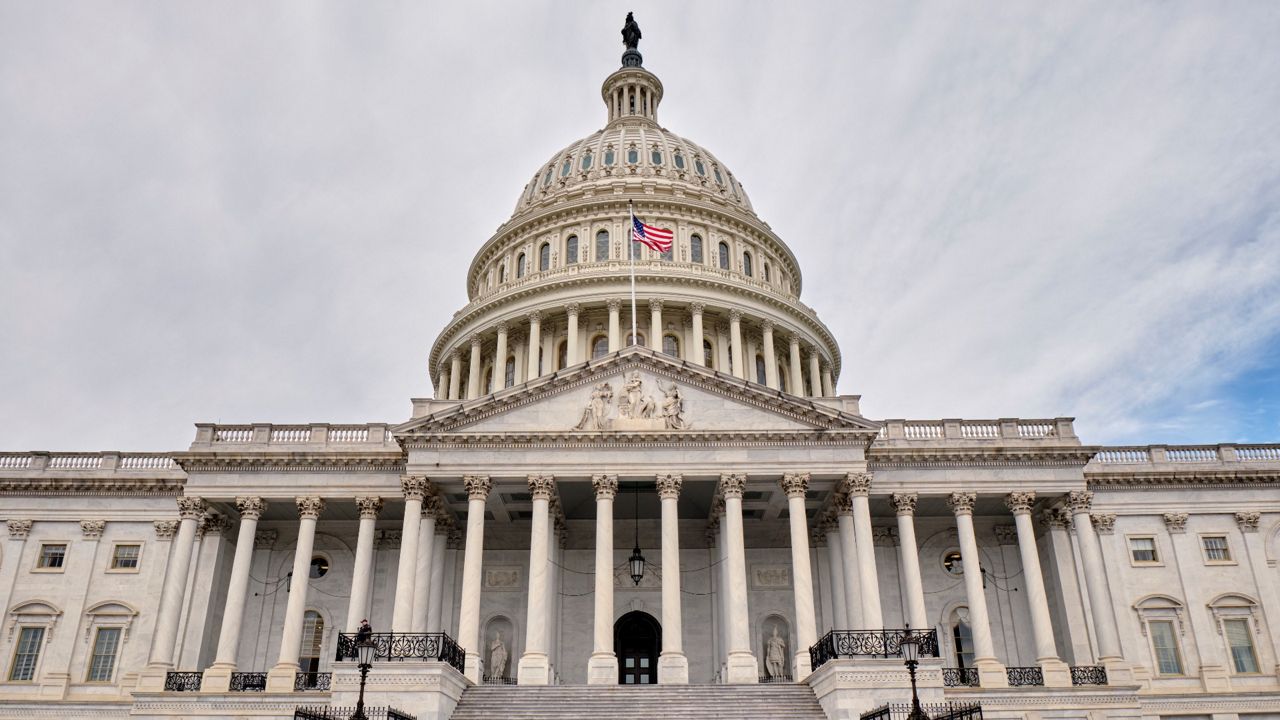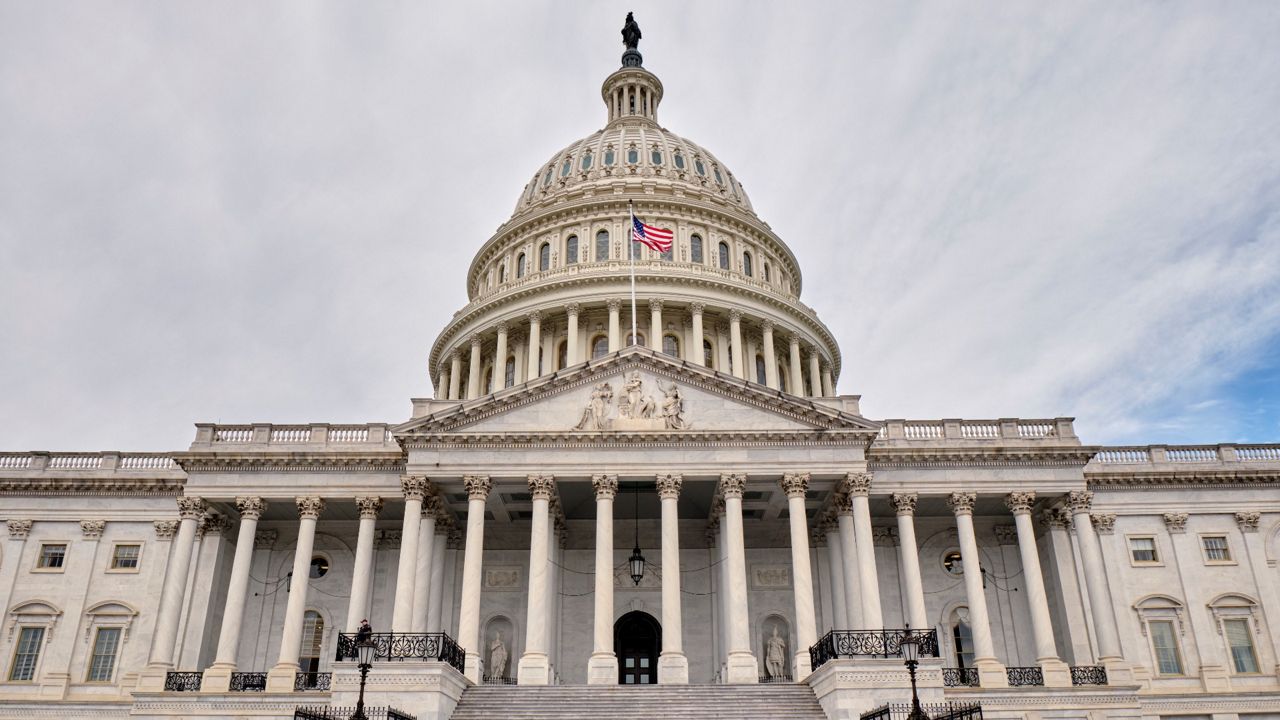MADISON, Wis.— Rare wood from the U.S. Forest Service in Madison will be used to repair the U.S. Capitol after the Jan. 6 insurrection.
“I love working with wood,” said Bob Ross, with an obvious smile under his mask. Ross has worked for the U.S. Forest Service Laboratory in Madison for 40 years.
The Forest Service lab in Madison is a huge complex of buildings, across from the VA Hospital. It’s filled with beautiful wood on the inside and all sorts of historic forestry items. It also has tons of artifacts from wood ships, giant slices of trees that are hundreds of years old, and 100-year-old scales. If it has anything to do with wood, they’ve got it.
“It’s just so cool. It’s very diverse, so many different species.” Ross is one of those people whose passion for his work is infectious.
Ross watched as the U.S. Capitol was breached on Jan. 6.
“We were all … pretty much in shock,” he said.
But within a few days, his phone rang.
“I got a call from a good friend and cooperator from the U.S. Department of Defense. He had been through our laboratory and worked with us very closely on some other projects,” Ross said. “He said, ‘Bob, you showed me some material down there in our facility. Any chance we could use that and use your expertise to help rebuild the Capitol?’ And I said, ‘You bet!”’
They’d need to find rare mahogany that was used to build the Capitol but cannot be responsibly harvested today.
“A lot of those species are endangered, the trees are endangered or some are extinct. I don’t think this is one of those kinds,” Ross said. “But it’s very difficult to get those kinds of woods and justify their harvest for those types of applications.”
The basement of the Forest Service lab building is basically one giant carpentry shop. The smell of fresh sawdust fills the air. Big logs, planks, equipment and projects are all over the shop.
Ross knew this room like the back of his hand. Even the spot in the very back corner of the farthest-back room. Wood is stacked on deep shelves, guarded by big sliding barn doors.
This is where they store rare, historic wood.
“That wood was right up in there. Way in back,” he said, as he pointed up toward the back corner. “I knew exactly where it was.”
Not only did he find similar about-100-year-old mahogany, but he found stacks of research and documentation on the wood itself. Those documents come from the U.S. Forest Service as far back as the 1910s and 1920s.
Ross started to go through the paperwork, and eventually had to stop himself.
“I’m geeking out, I could do this all day,” he laughed.
He praised the Forest Service librarians, the ones tasked with cataloging and keeping track of documents like these.
“We have the best librarians in the world,” he said. “I’m convinced.”
While the documentation doesn’t show exactly where the wood came from, they have an idea of what it was made to do.
“It’s mahogany material that was, we believe, used around 1918 to develop laminated propellers for the War Department. For blades that were going to go on aircraft used over in France during World War One,” he said.
The wood was then ready to go. It was sent to Washington D.C., to the Architect of the Capitol in the beginning of March.
Because it’s such a special material, it will likely be used in some of the highest-profile areas. Ross said that could even include the chamber doors.
“Restoration of the doors, potentially the doors actually going into the chambers. Millwork, pedestals, that type of thing,” Ross said. “I would guess because of the quality and the historical nature of this wood is going to be used in some of those higher-visibility areas.”
The wood is stamped with “Forest Products Lbtry. U.S. Government. Madison, Wis.”
Ross helped New Orleans rebuild after Katrina. He’s worked on the USS Constitution, known as “America’s Ship of State”. But this is different.
“It’s just an unbelievable feeling … the U.S. Capitol is the heart of our democracy,” he said.

Ross said people from across the country, from across disciplines, likely from across the political spectrum, are working together to fix the home of America’s democratic process.
“When you think about it, that’s all of our house,” he said. “That’s our house… This is who we are.”




